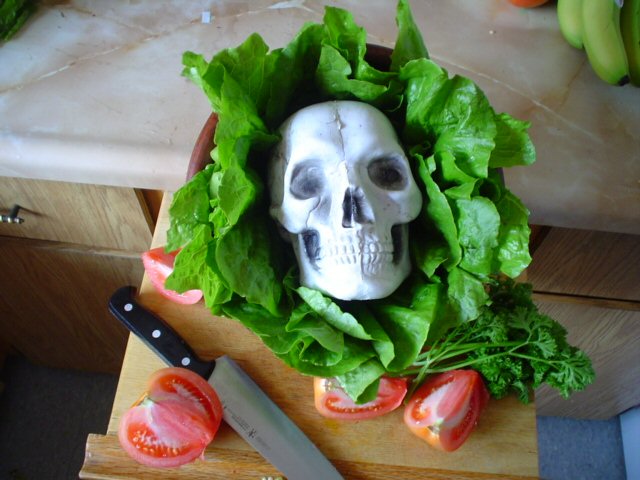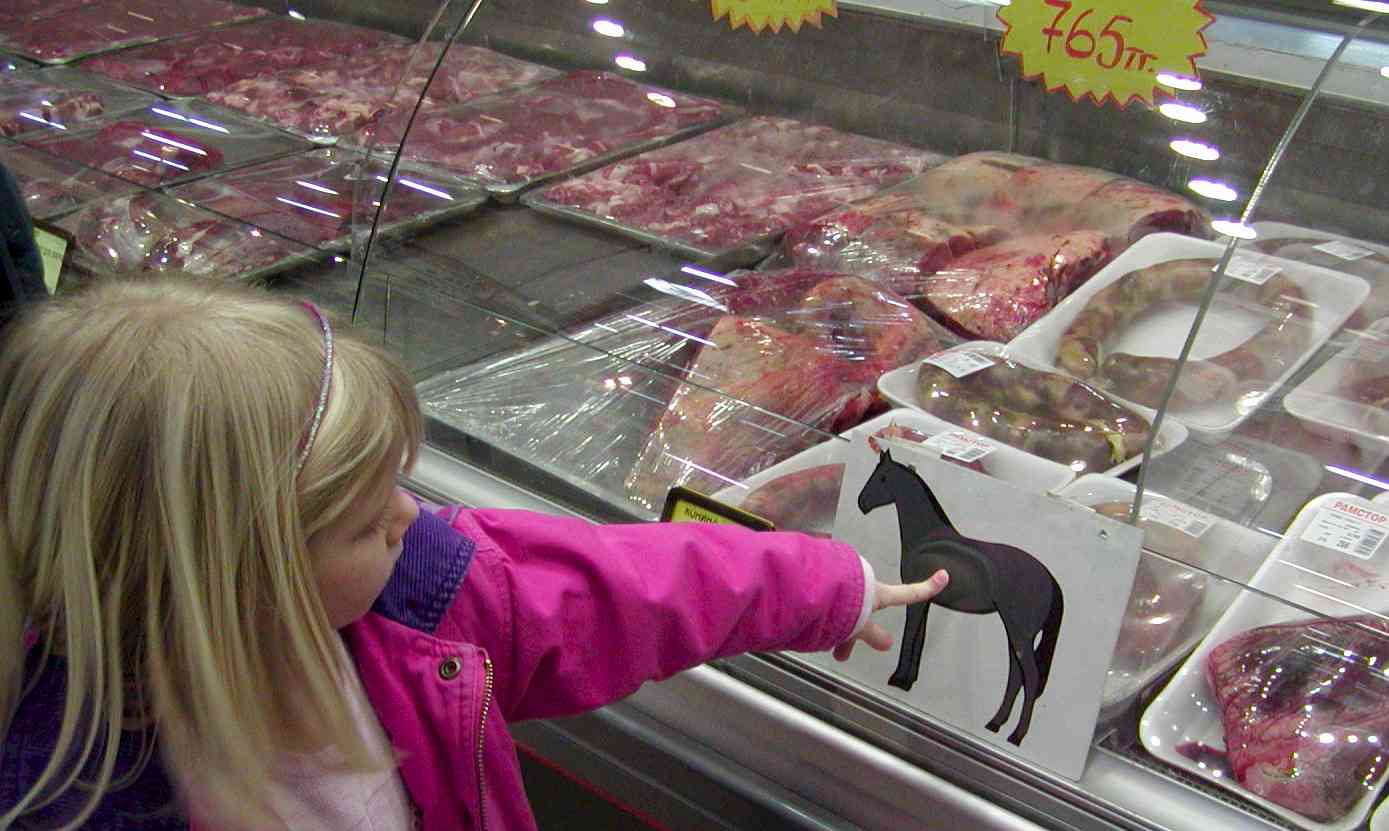Eurosurveillance reports at least 11 linked outbreaks of gastroenteritis with a total of 260 cases have occurred in Denmark in mid January 2010. Investigations showed that the outbreaks were caused by norovirus of  several genotypes and by enterotoxigenic Escherichia coli. Lettuce of the lollo bionda type grown in France was found to be the vehicle.
several genotypes and by enterotoxigenic Escherichia coli. Lettuce of the lollo bionda type grown in France was found to be the vehicle.
From 18 to 20 January 2010, a series of outbreaks of gastroenteritis were reported to Danish authorities. Outbreak investigations were initiated by the Danish food control authority in cooperation with Statens Serum Institut (SSI), the National Food Institute, the Food and Veterinary Administration as well as the medical officers and several clinical microbiological laboratories in Copenhagen. The epidemiological, microbiological and food investigation are still ongoing; here we report on the current status of the investigation of these outbreaks.
The link between lettuce and illness was discovered in the fourth week of January 2010 based on an analysis of five outbreaks. These outbreaks had been reported during week 3 to the regional food control authority, which covers the eastern part of Denmark. As of 8 February, 11 outbreaks have been included in the cluster. A further eight outbreaks in Denmark which are currently under investigation may also be associated with lettuce. Taken together, the 11 outbreaks comprised approximately 480 potentially exposed persons and approximately 260 cases with symptoms of gastroenteritis . The 11 outbreaks all took place in the eastern half of the country (on the islands of Funen and Zealand). Norovirus was initially suspected as the aetiology, but the Kaplan criteria were not fulfilled in all circumstances and attack rates were sometimes higher than expected for norovirus, indicating the possibility of the presence of more than one disease agent.

.jpg) The Danes also can’t trust French lettuce.
The Danes also can’t trust French lettuce.  Alcoholica Mare’s Milk
Alcoholica Mare’s Milk The national government isn’t calling for a ban. But the Health Ministry, on its swine flu phone hotline, recommends that people avoid "close contact — including shaking hands and giving the bise."
The national government isn’t calling for a ban. But the Health Ministry, on its swine flu phone hotline, recommends that people avoid "close contact — including shaking hands and giving the bise." A local union representative said there was an “ongoing problem with mice for several years” in this store on the Ledru-Rollin avenue in 7th district of Paris. Management denies the accusations and claims “an act of malice.”
A local union representative said there was an “ongoing problem with mice for several years” in this store on the Ledru-Rollin avenue in 7th district of Paris. Management denies the accusations and claims “an act of malice.” Product recalled by: Carrefour
Product recalled by: Carrefour Four patients were admitted to hospital. … S. Muenster was isolated from both cases and the incriminated goat’s cheese. …
Four patients were admitted to hospital. … S. Muenster was isolated from both cases and the incriminated goat’s cheese. …
 Consumers in Belgium are just beginning to enjoy the annual harvest of so-called Belgica mussels. According to a report forwarded by our
Consumers in Belgium are just beginning to enjoy the annual harvest of so-called Belgica mussels. According to a report forwarded by our  To continue on with the wiki-ized history, the name
To continue on with the wiki-ized history, the name